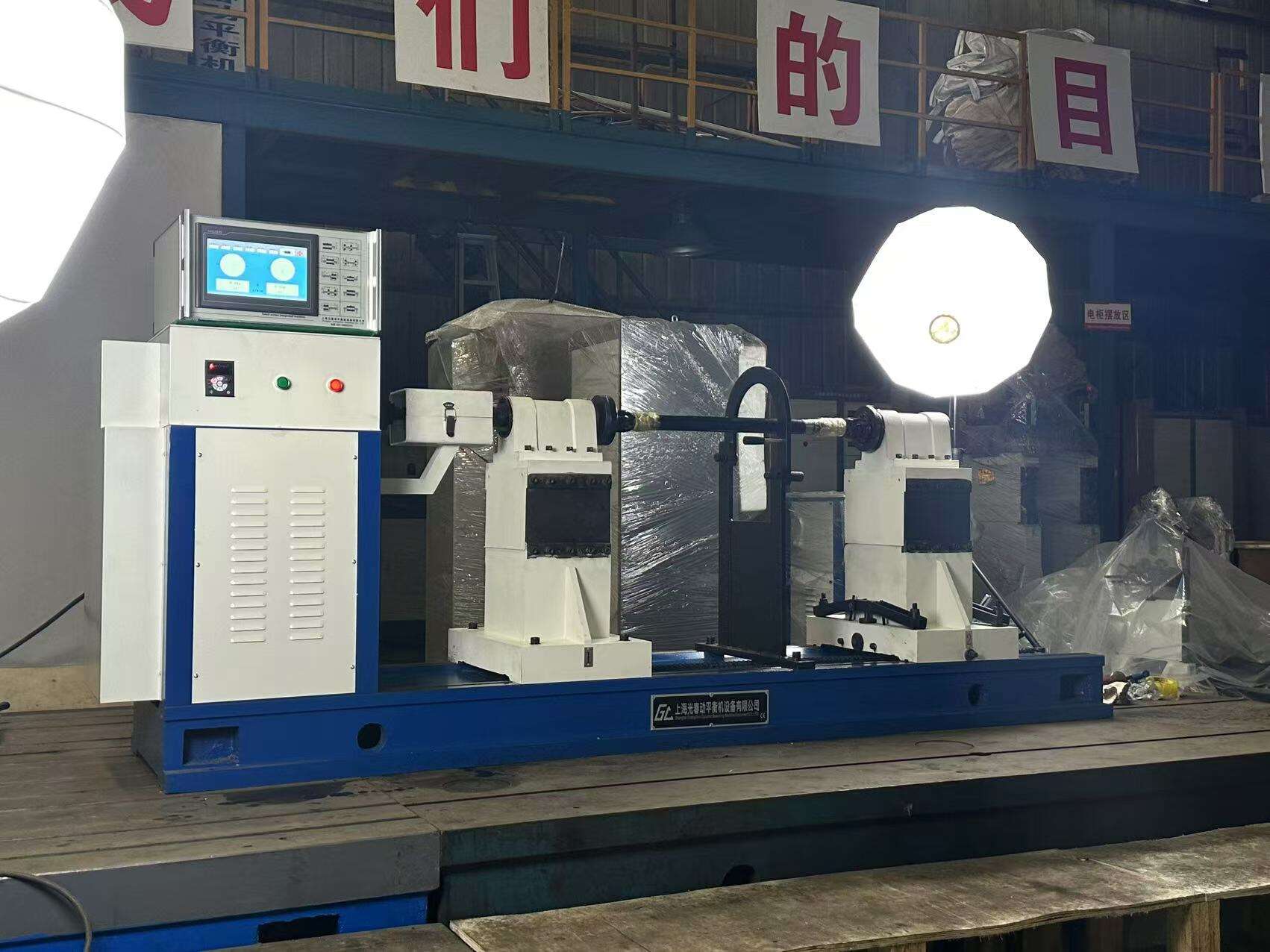cooling tower fan balancing
Cooling tower fan balancing is a critical maintenance procedure that ensures optimal performance and longevity of industrial cooling systems. This precise technical process involves adjusting the weight distribution of cooling tower fans to minimize vibration and maintain smooth operation. The procedure utilizes advanced diagnostic equipment, including vibration analyzers and specialized balancing tools, to detect and correct any imbalances in the fan assembly. Modern cooling tower fan balancing incorporates both static and dynamic balancing techniques, ensuring that the fan operates efficiently at various speeds and under different load conditions. The process begins with a comprehensive assessment of the fan's current condition, followed by precise measurements of vibration levels and identification of imbalance points. Technicians then strategically add or remove weight from specific locations on the fan blades to achieve optimal balance. This meticulous approach not only extends equipment life but also enhances energy efficiency and reduces operational costs. The technology has evolved to include computerized analysis systems that provide real-time data and precise adjustment recommendations, making the balancing process more accurate and reliable than ever before. Applications range from industrial manufacturing facilities and power plants to HVAC systems in commercial buildings, where maintaining proper fan balance is essential for system performance and energy conservation.


